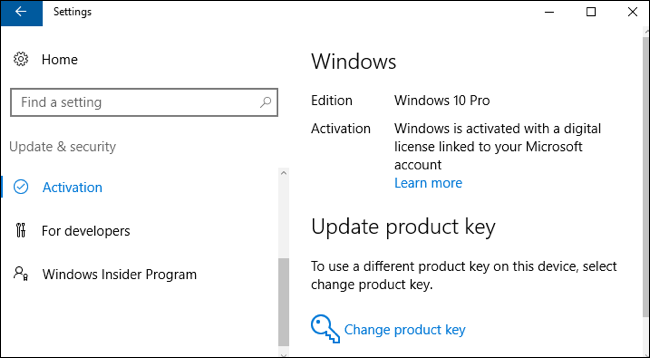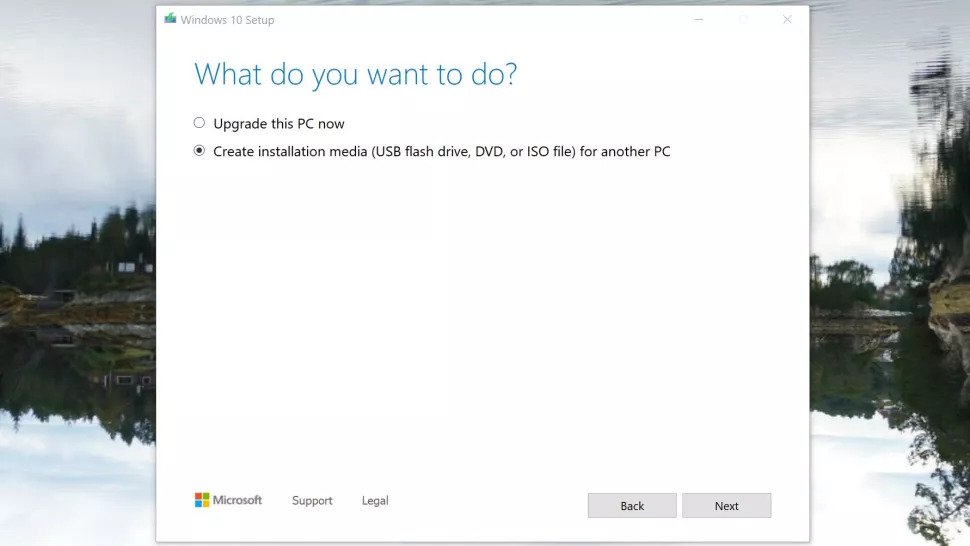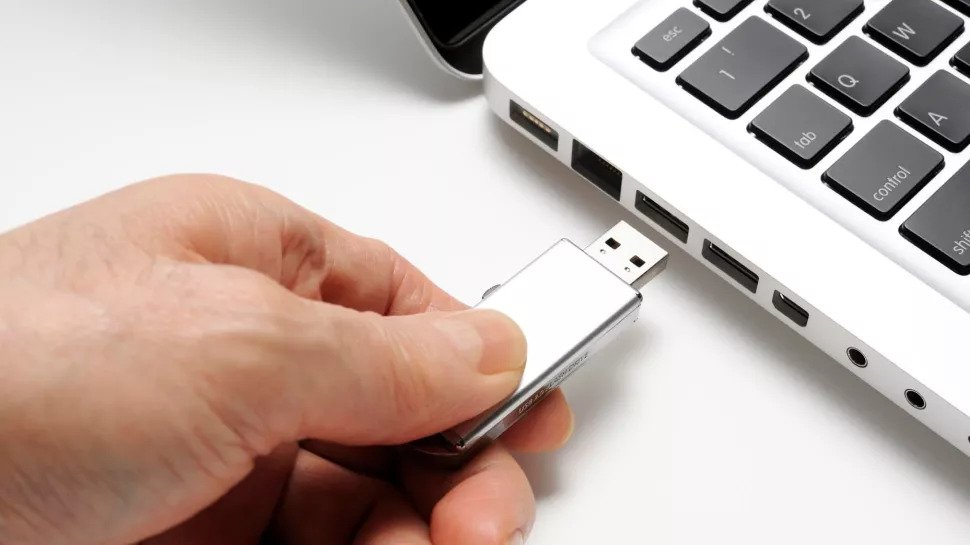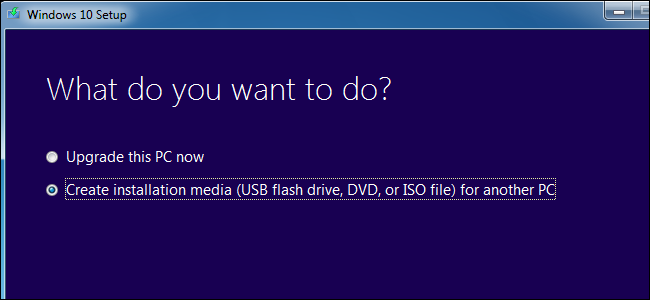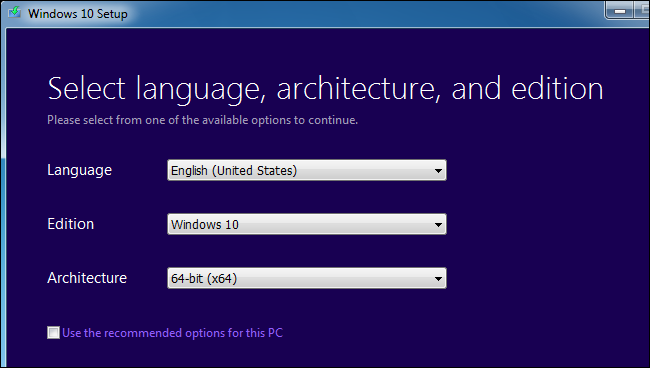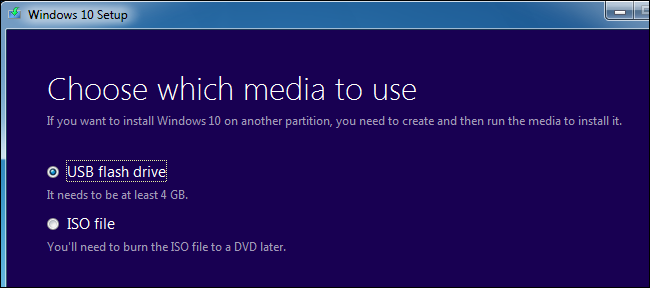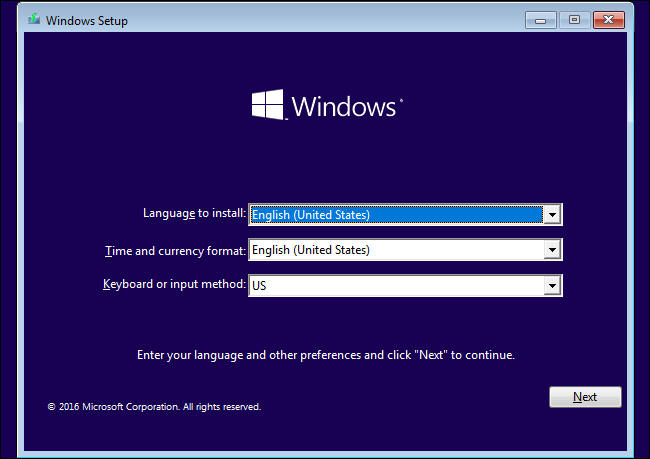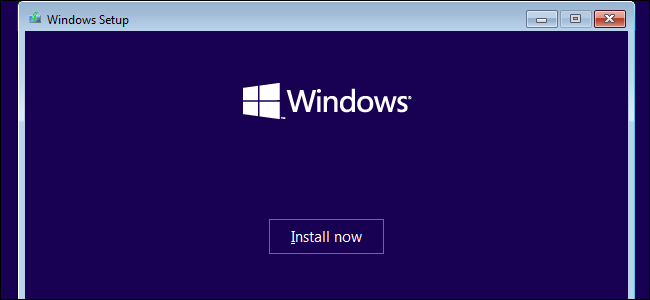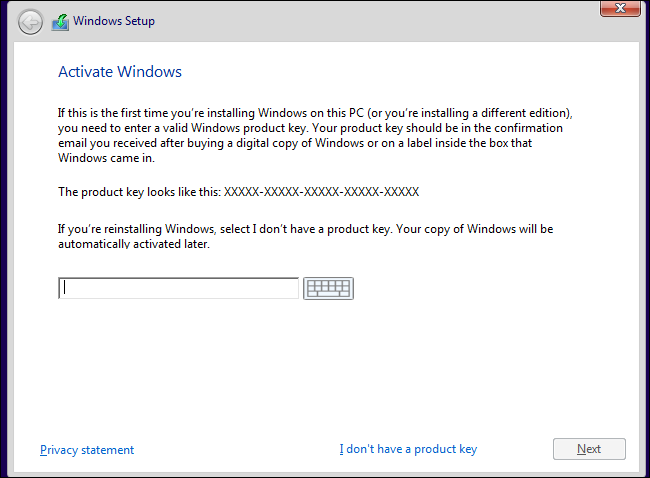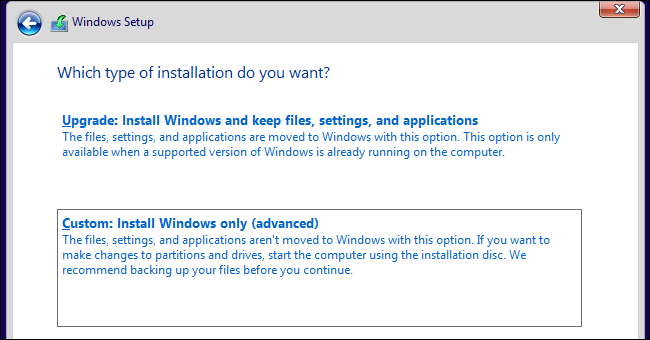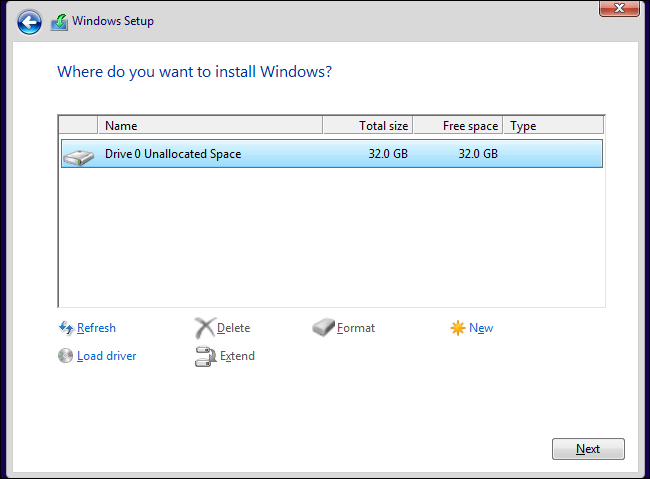How to Install Windows 10: A Step-by-Step Guide
This article explains in detail everything you need to know about the step-by-step installation of Windows 10. Click to read the full guide.
Author:Daniel BarrettAug 19, 20225.9K Shares595.3K Views
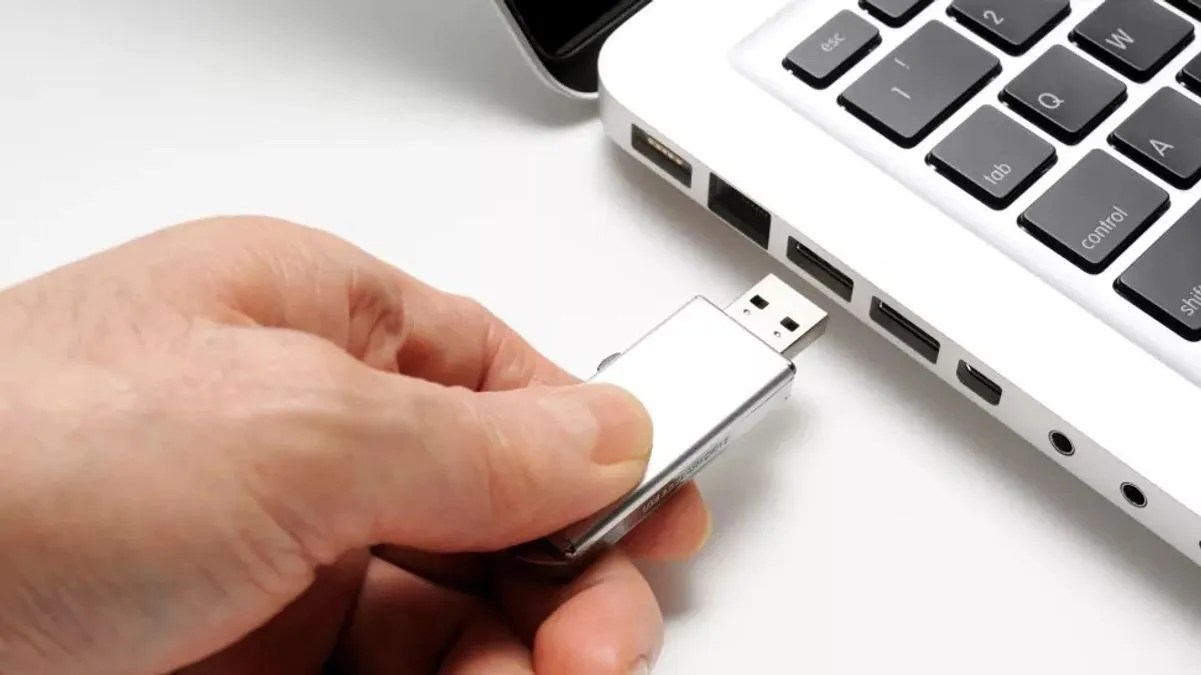
Install Windows 10– There are several ways to get Windows 10 and this is because of the varying choices that one has had before. In this article, we break them all down and explain in detail how to;
- Get a Windows license
- Get Installation Media and Do a Clean Install of Windows 10
- Installing Windows 10
How to Get a Windows 10 License
There are a variety of ways you can get a Windows 10 license for your PC, and many of them are still free.
1. Upgrade From Windows 7 or 8
Microsoft still offers a free Windows 10 upgrade to PC users who use accessibility tools. You can also still install Windows 10 and enter a Windows 7 or 8 key in the installer to receive a free Windows 10 upgrade license. Once you’ve performed the upgrade once, your PC has a Windows 10 license forever. So, if you upgraded when Windows 10 was released and downgraded shortly after, you’re still eligible to upgrade to Windows 10 for free.
2. Buy A New PC With Windows 10
If your PC came with Windows 10 installed, it likely has a license key embedded into its UEFI firmware. The manufacturer paid for a license and you can reinstall Windows 10 on the PC without entering the key. Windows 10’s installer will pull the key from a chip on the motherboard.
3. Purchase A Windows 10 License
If you’re building your own PC and don’t yet have an operating system, you can purchase a Windows 10 license from Microsoft, just as you could with previous versions of Windows.
Don’t miss: How to rotate screen in windows 10
4. Haven’t Got A License?
You can also install Windows 10 without entering a product key. You’ll see messages telling you your Windows 10 system isn’t licensed and needs to be activated, but it will be completely usable. You can even purchase a Windows 10 license from the Store within Windows 10 to turn it into a properly licensed Windows 10 PC. This is a convenient solution for testing Windows 10 on a PC without purchasing it first.
Once you know which method is going to work for you, proceed to one of the sections below to install Windows 10.
Make Sure Your Device Meets the Minimum System Requirements
For the latest version of Windows 10, you’ll need to have the following:
- CPU:1GHz or faster supported processor (Here is a list of supported CPUs)
- RAM:1GB for Windows 10 32-bit or 2GB for Windows 10 64-bit
- Storage:32GB of space or more
- GPU:DirectX 9 compatible or later with WDDM 1.0 driver
- Display:800×600 resolution or greater
- Internet connection:Some versions of Windows 10 require an internet connection during setup.
Get Installation Media And Do A Clean Install Of Windows 10
If you don’t want to upgrade from an existing Windows installation, you can download the official Windows 10 installation media for free from Microsoft and perform a clean install. To do this, visit Microsoft’s Download Windows 10 page, click “Download Tool Now”, and run the downloaded file. Select “Create installation media for another PC”.
Be sure to select the language, edition, and architecture you want to install of Windows 10. If you’re installing it on a PC with a 64-bit CPU, you probably want the 64-bit version. If you’re installing it on a PC with a 32-bit CPU, you’ll need the 32-bit version. You can check what type of CPU your PC has if you don’t know off the top of your head.
If you’re installing Windows 10 on the current PC, just keep the “Use the recommended options for this PC” box checked and the tool will automatically download the correct version for your current PC.
The tool will allow you to copy the Windows 10 installation files to a USB drive or burn them to a DVD. If you’re using a USB drive, it must be 4 GB or larger in size. All files on the USB drive will be erased as part of this process.
If you want to install Windows 10 in a virtual machine, select the “ISO file” option here. The tool will download an ISO file, and you can then boot the downloaded ISO in a virtual machine to install Windows 10 inside it
Once you’ve created installation media, you’ll need to insert it into the PC you want to install Windows 10 on. You then boot from the installation media. This may require modifying the boot order in your PC’s BIOS or UEFI firmware.
Use the Installation Media
Insert your installation media into the computer you plan to install Windows 10 on, then access your computer’s BIOS or UEFI. This is the system that allows you to control some aspects of your computer’s hardware, and it’s built into your motherboard. This step is unique to your specific hardware, so we can’t walk you through exactly what to do. But you should be able to figure out the process for accessing this by checking on your computer or motherboard manufacturer’s website.
Generally accessing a computer’s BIOS or UEFI involves holding a specific key during the boot process, often Escape, F1, F2, F12, or Delete. So, figure out which key your computer uses, then shut it down. Boot it back up, and hold the necessary key as soon as it starts to boot.
Don’t miss: How To Do A Clean Installation For Windows
On the Windows Setup screen, select your language, time and currency format, and keyboard layout. Click “Next” to continue.
When you reach the installer screen, select “Install Now” and follow the instructions to install Windows 10 on your PC.
When you see the Activate Windows screen, you’ll need to either enter a key or skip it. You may not see this screen if Windows 10 automatically detects a key associated with your PC’s hardware.
- If you’ve never installed and activated Windows 10 on this computer before, enter your Windows 10 key here. And If you don’t have one, but you have a valid Windows 7, 8, or 8.1 key, enter it here instead.
- If you’ve previously taken advantage of the free Windows 10 upgrade offer on this PC, click “I don’t have a product key”. Windows will automatically activate with a “digital license” associated with your PC’s hardware on Microsoft’s servers once it’s installed.
When you reach the “Which type of installation do you want?” screen, click “Custom” to perform a clean installation and remove everything on your PC. (If you’ve changed your mind and want to upgrade your existing installation, you can click “Upgrade”.)
Don’t miss: How To Easily Download Windows 10 ISO
On the next screen, select the hard drive you want to install Windows on and erase it. If you have multiple partitions on that drive, you may want to erase those as well.
Warning:When you delete a partition, you’re also deleting all the files on that partition. Be sure you have backups of any important files before doing this!
When you’re done erasing partitions, you should have a big block of “Unallocated Space”. Select that, click “New”, and once it’s formatted your drive, click Next.
Windows 10 will install itself, and may restart a few times during this process. When it’s done, you’ll see the normal setup interface you see when setting up Windows 10 on any new PC, where you can add user accounts and adjust various settings.
And it’s a wrap. We hope that with this concise article, you get to learn all you need to Install Windows 10
Editor’s picks:

Daniel Barrett
Author
Daniel Barrett is a tech writer focusing on IoT, gadgets, software, and cryptocurrencies. With a keen interest in emerging technologies, Daniel offers expert analysis and commentary on industry trends. Follow him for authoritative insights into the latest tech innovations.
Latest Articles
Popular Articles
